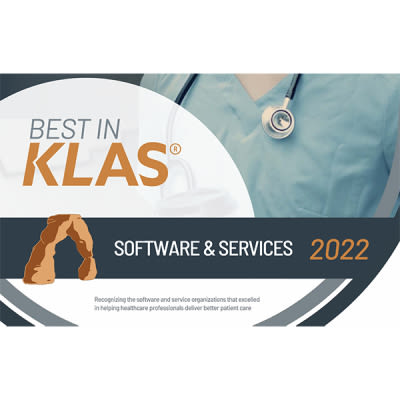According to a recent study published in Current Problems in Diagnostic Radiology, researchers at Brigham and Women’s Hospital (Boston, MA) embedded a radiologist-technologist communication system into their medical system’s picture archiving and communication systems (PACS) to enhance patient care. The researchers used the system to determine how imaging modality, care setting, and radiology subspecialty impacts diagnostic image quality issues identified by radiologists during image interpretation.
The system was integrated into the radiologist workflow. It consisted of a web-enabled electronic radiologist-to-technologist closed-loop notification system that categorized automatic alerts by ‘learning opportunity’ and ‘patient callback’. Radiologist credentials and examination details viewed in PACS automatically populated the feedback tool to eliminate redundant data entry.
About 120 radiologists examined 976,915 examinations between October 2018 and June 2020, including standard radiography (mammograms, fluoroscopy, plain films), MRI, CT, and nuclear medicine studies. Of these exams, only 1,935 (0.2%) were considered learning opportunities and 208 (0.02%) required ‘patient callback’ for additional imaging. Technologist learning opportunities and patient callbacks varied by imaging modality and radiology subspecialty. Abdominal subspecialties generated the most technologist learning opportunities, whereas cardiovascular subspecialties were more likely to call patients back. For comparison, the cardiovascular division called patients back 200 times more than the cancer imaging division. A small group of six radiologists accounted for over 40% (89/208) of all patient callbacks. The highest number of MRI callbacks were specific to thoracic studies, which may be due to the scan’s complexity or the radiologist’s preference.
The authors conclude that ‘although both learning opportunities and patient callbacks were rare, they were more frequent for outpatients and MRI.’ They note that additional research may clarify how to use learning opportunities to improve technologist education and the quality of patient care.


















